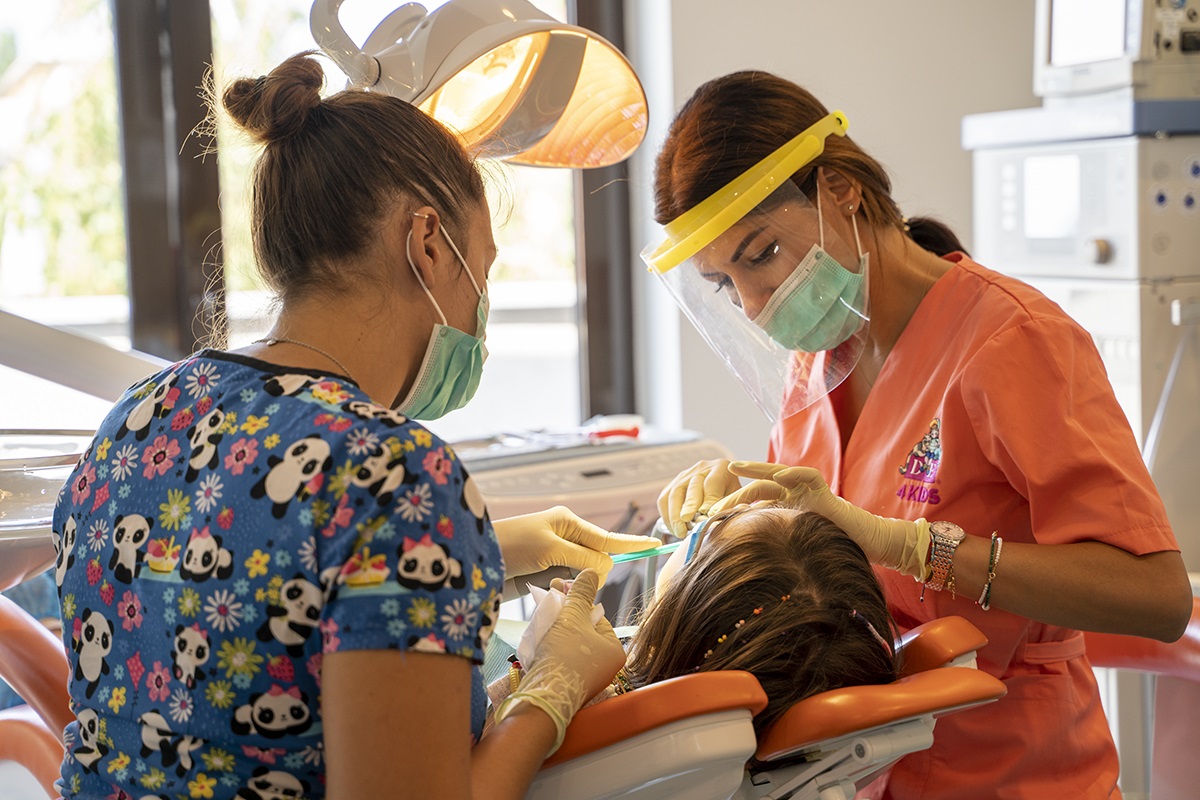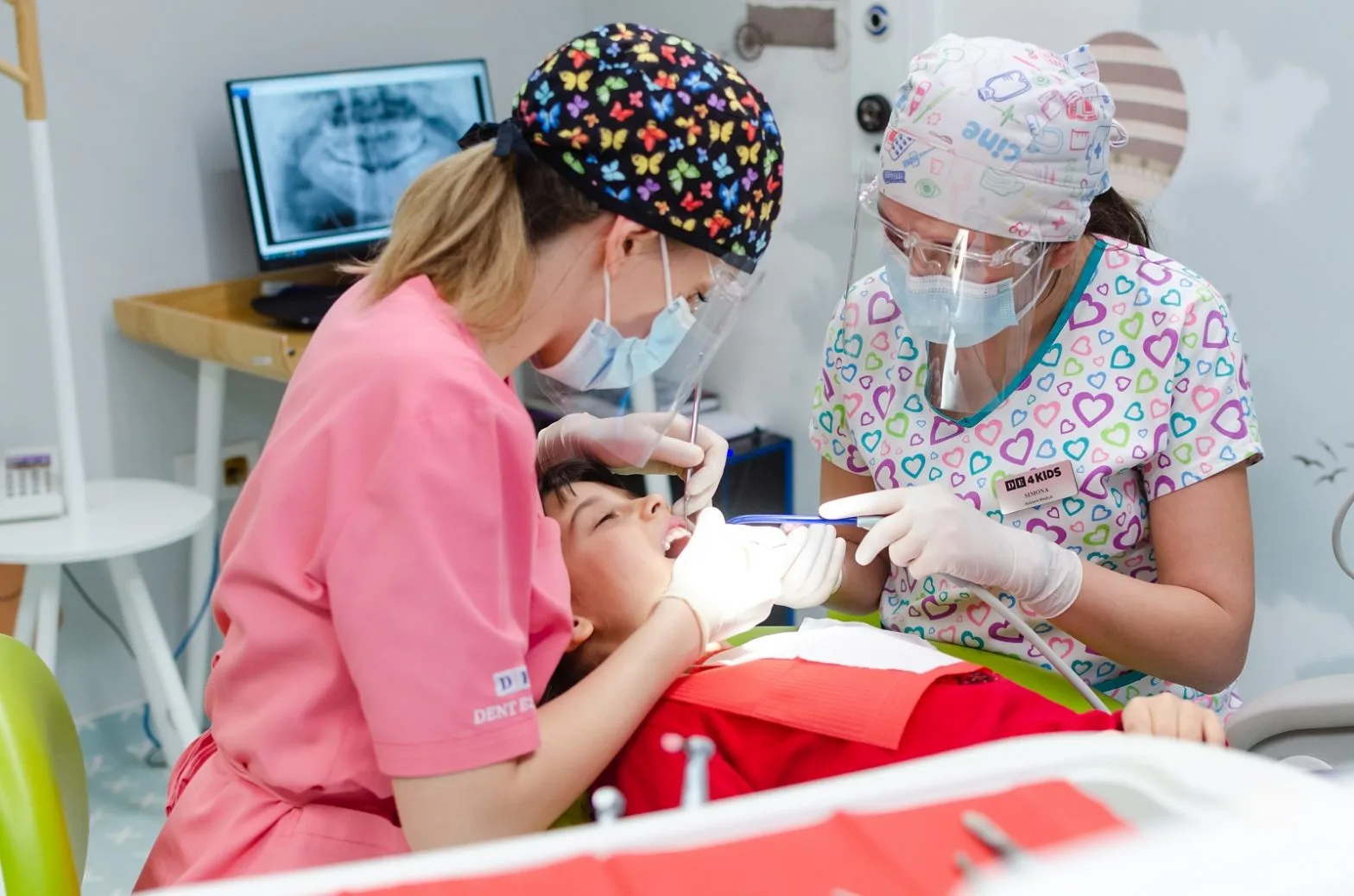
Dental prevention What you need to know about dental abrasion in children

Protecting tooth enamel must be one of our main concerns when we talk about ensuring good oral health in children.
What you need to know about dental abrasion in children
Protecting tooth enamel should be one of our primary concerns when ensuring good oral health in children.
Unfortunately, both baby teeth and permanent teeth can be affected by numerous dental issues, the most common being demineralization, cavities, and dental trauma.
However, there are lesser-known conditions that can have equally severe effects on a child’s dental health.
One such issue is the loss of tooth surface. Although often considered a problem specific to adults, recent studies show that children and teenagers are increasingly experiencing enamel loss for various reasons.
The main pathological causes leading to enamel deterioration include:
- Dental erosion
- Dental abrasion
- Dental abfraction
Dental abrasion: what is it and how does it manifest itself?
It is important to note that, although both involve enamel wear, erosion and abrasion have different causes.
Dental erosion is the irreversible loss of tooth structure due to the chemical dissolution of enamel by intrinsic acids (such as stomach acid from gastroesophageal reflux) and extrinsic acids (from acidic foods and drinks) present in the oral cavity.
Epidemiological studies have shown that 30% of primary molars in 5-year-olds and 2% of permanent incisors in 14-year-olds exhibit dental erosion that has exposed the dentin.
Dental abrasion, on the other hand, is caused by an abnormal mechanical process unrelated to chewing.
According to pediatric dentists, the main causes of dental abrasion include:
- The interaction of teeth with external objects such as toothbrushes, abrasive toothpaste, toothpicks, dental floss, or improperly fitted braces
- Harmful habits, such as nail biting or chewing on hard objects
Considering these factors, a pediatric dentist can identify a tooth affected by abrasion through a thorough examination and by reviewing the patient’s medical history.
A child’s diet is also a key element in diagnosing the cause of enamel loss. If a child consumes large amounts of acidic foods and beverages, their teeth are more likely to suffer from dental erosion.
The main symptoms of dental abrasion include:
- Increased tooth sensitivity to hot and cold
- Tooth pain
- Uneven or unaesthetic teeth
- A feeling of improper biting or chewing
Recommendations for preventing dental abrasion in children
If not diagnosed early, dental abrasion can lead to cavities. An untreated cavity exposes the dentin and dental pulp to bacteria in the oral cavity, increasing the risk of a dental abscess or even tooth loss, whether baby or permanent teeth.
Unfortunately, dental abrasion is an irreversible process, making early diagnosis crucial. This is why regular visits to a pediatric dentist are essential.
To prevent further enamel loss, a pediatric dentist may recommend treatments to protect the tooth’s enamel.
One such treatment is fluoride application, where the dentist applies a fluoride-based solution to strengthen the tooth surface and may recommend using fluoride toothpaste.
Additionally, remineralization can help prevent dental abrasion in children.
Remineralization is a natural process in the oral cavity but can be enhanced by adding mineralizing agents (calcium, phosphorus, and fluoride) and stimulating saliva flow.
If the tooth is already damaged, a dentist may recommend restoring it with dental prosthetics, such as pediatric dental crowns.
At DENT ESTET 4 KIDS, zirconia dental crowns offer an innovative solution for treating teeth affected by deep cavities, dental trauma, and conditions such as erosion and abrasion.
Completează formularul și unul dintre asistenții noștri te va contacta pentru a programa vizita la clinică.











 The role of nutrition in preventing cavities in baby teeth
The role of nutrition in preventing cavities in baby teeth 